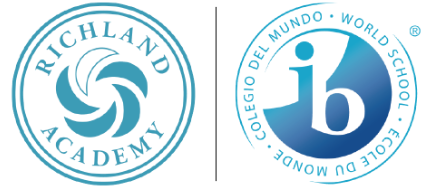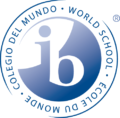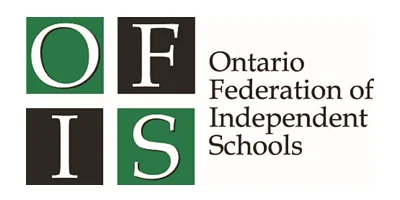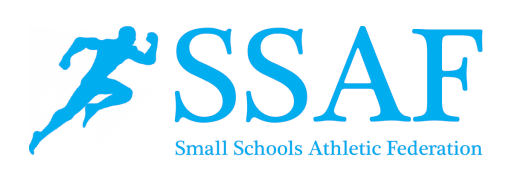Think about your everyday life…your clothes, your shoes, your means of transportation, your home, a grocery store, a facility that you attend for work/school, a cell phone, and any other object that you use to function. These objects and structures are made from….MATERIALS. The use of materials helps us function daily.
Structures and objects are formed from materials based on their properties. Properties are attributes that can be observed with the senses. The term property is used when talking about an attribute exhibited generally by objects and materials. (i.e. a shiny lustre is a property of all metals.)
“Plastic is transformable, plastic is thick or thin and plastic is smooth.” I.Z.
“Metal is cold, metal is sharp and metal can be heated up.” D.J.
Wood can be smooth or ruff, wood can be brown or white and wood can be sharp.” Y.R.
“Glass is see-through, glass is breakable and glass is sharp.” Y.R.
Throughout our inquiry study, the students were able to investigate the most appropriate object or material for a task based on its properties (i.e. plastic is the best material for drinking cups because it is waterproof, light and strong) Students were initially provoked to experience and describe materials when a plethora of materials were placed in a brown paper bag and each child had to describe How does it feel?
Throughout the remaining investigations, the students were able to discover the jobs of structures, learn about what makes a structure stable and strong, classify and investigate their favourite toy and develop an understanding of the materials chosen to construct their toy. The students were also given an opportunity to create, imagine and construct a stable structure remembering the importance of foundation and shape in design and stability.
Embedding Literacy within our inquiry, their final task required the students to show their comprehension regarding sustainability of a home after we read the story “The Three Little Pigs”. The students created their own “Three Little Pigs” story to show that a hay and stick house could not sustain Canadian climate based on their properties (Hay is too light, too thin, and rip-able. Sticks are breakable, do not retain heat so would not be good insulation for a home and are not strong enough.) The students did come to terms with the fact that most homes are built with bricks and concrete, they are both strong, heavy, and unbreakable, hence their ability to sustain wind (similar to the story) and any other climate change here in Canada.
“People who make things need to know a lot about the materials they use. Anything that is made to perform a certain job has to be made of the materials best suited to that job.”
–What’s It Like?













